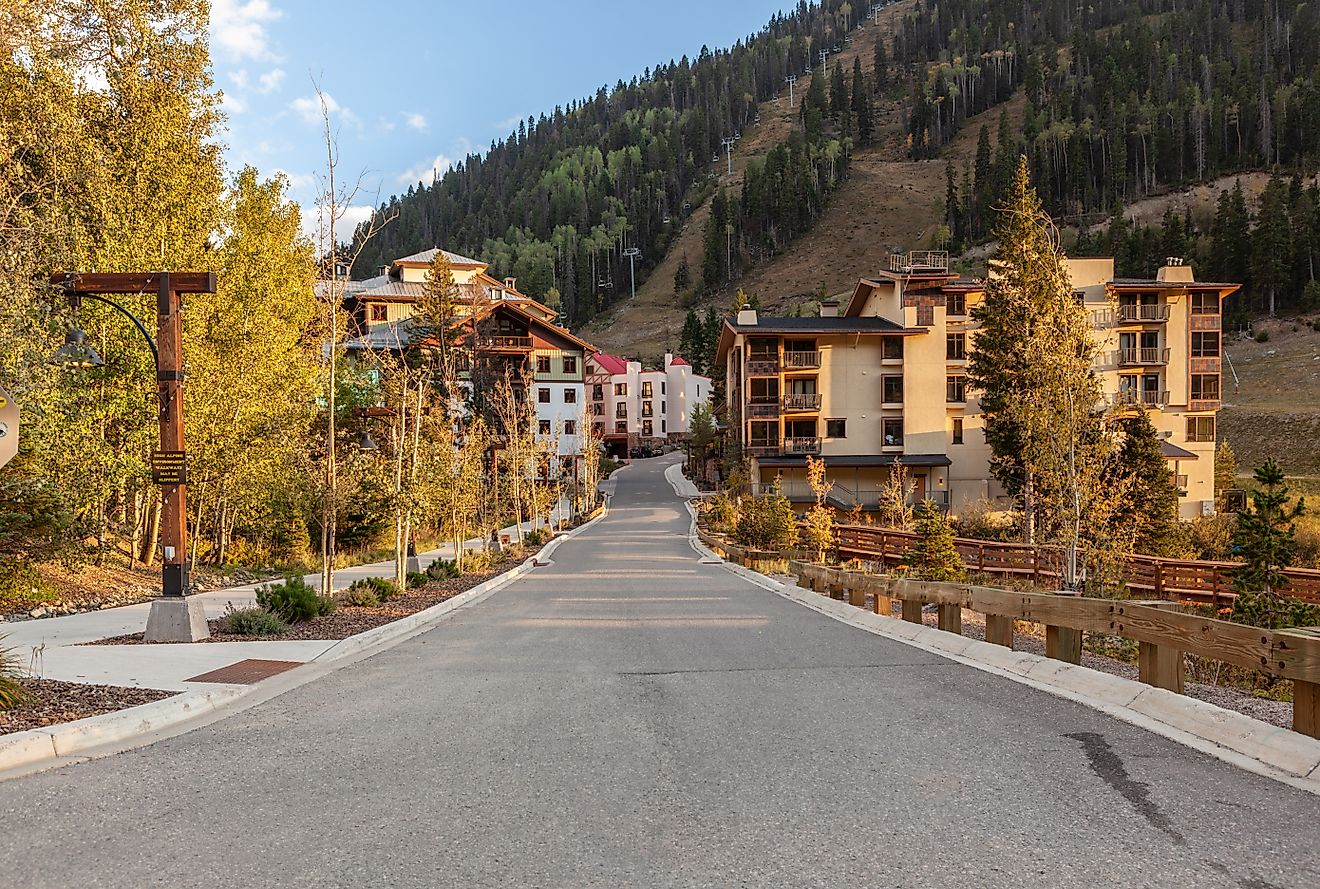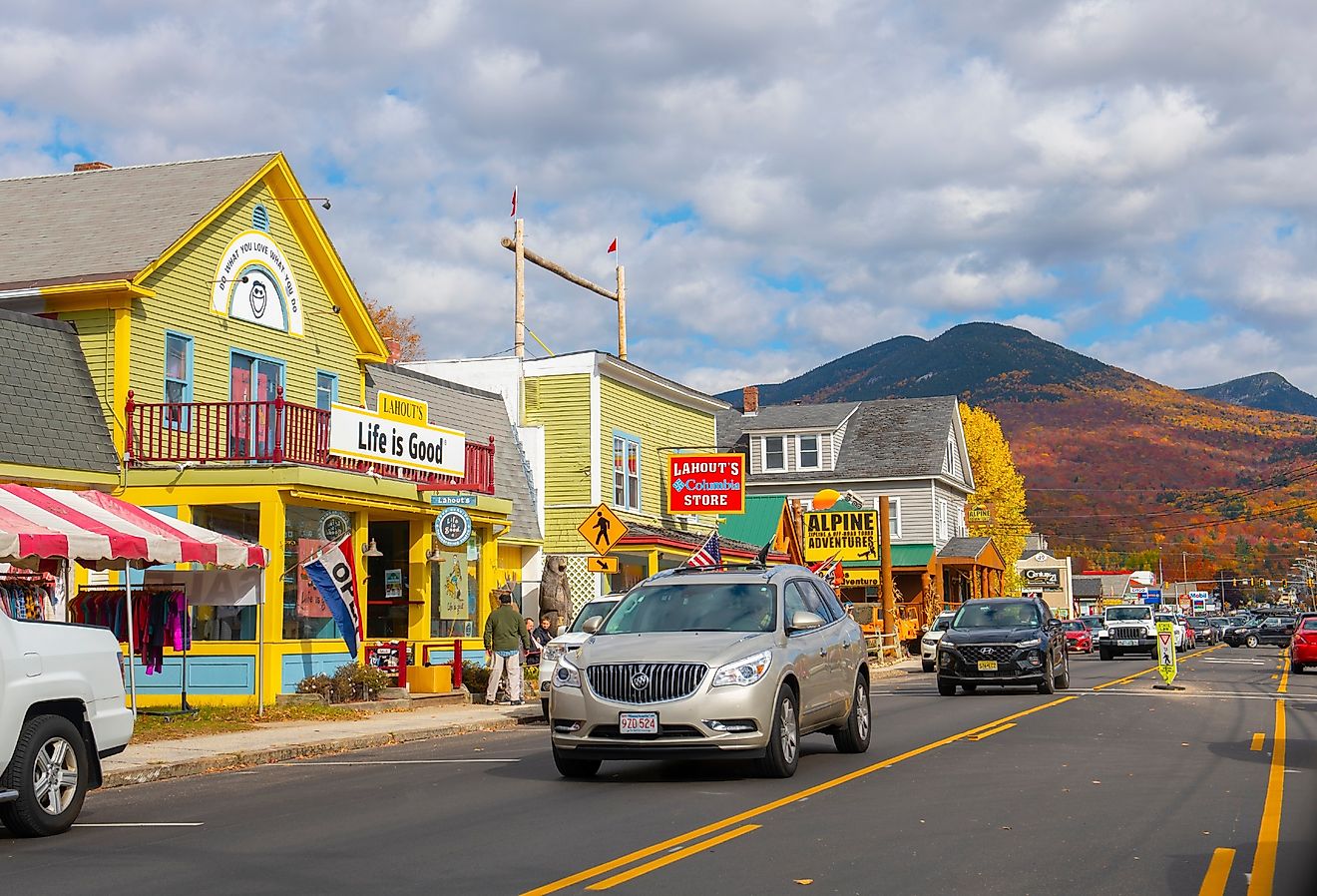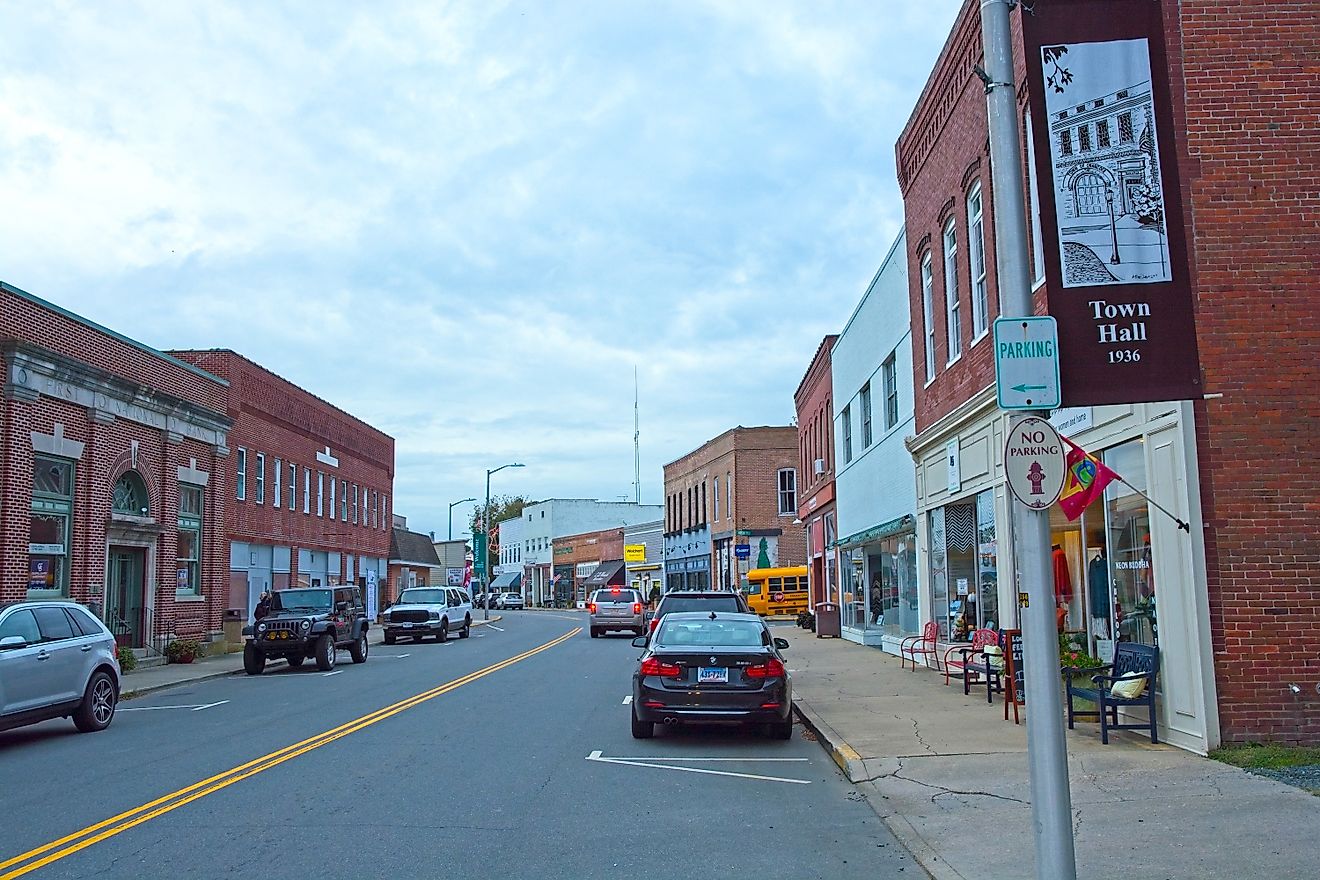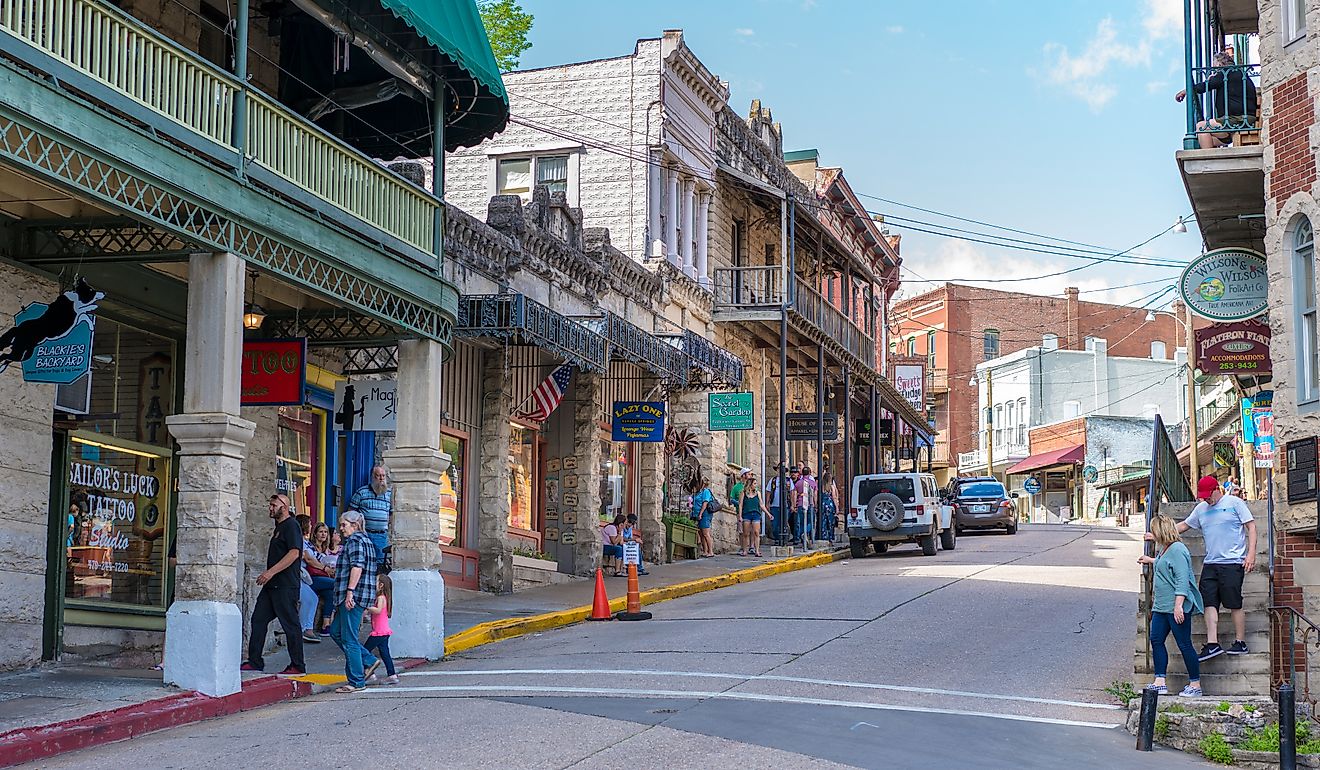UNESCO World Heritage Sites In The Netherlands
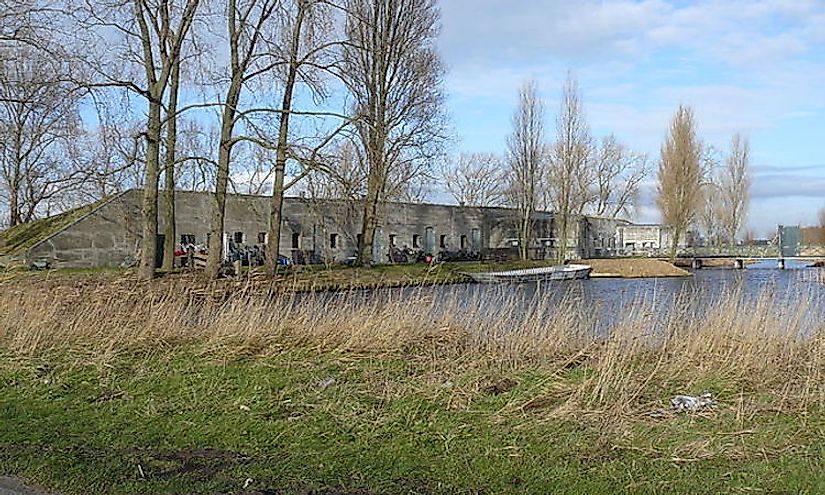
The Wadden Sea coastal ecosystems join nine cultural sites celebrating centuries of rich Dutch culture and history. Most of the Dutch heritage sites revolve around the use of water. Throughout history, the Dutch people have reclaimed swamplands, built a strong maritime trade, used water for defense, and to harness power.
UNESCO World Heritage Sites In The Netherlands
Amsterdam’s 17th Century Canal Ring Area Inside the Singelgracht
This heritage site, inscribed in 2010 as a cultural world heritage site, is a network of intersecting waterways built in the 17th century, otherwise known as the Golden Age. The canals were built to expand the medieval city of Amsterdam, which was then growing into a wealthy maritime trade center. The land was reclaimed, and swampland’s drained in the largest urban extension witnessed during its time. The city’s plan served as a benchmark across the world until the 19th century. Construction of the canals facilitated the construction of the area’s characteristic gabled canal-side estates and iconic monuments. Notable of these landmarks are the Anne Frank House, clandestine churches, almshouses and the Rembrandtplein. The Canal Ring Area represents a unique form of urban development and architecture which materialized into an artificial port city. The area also bears witness to the economic, political, and cultural growth which took place in the city during the Golden Age. While most of the houses built during the 17th century remain, urban architecture is visible in some landscapes. The heritage site is well managed both by the national and municipal government.
Amsterdam’s Defense Line
Built between 1883 and 1920 and inscribed in 1996 by UNESCO as cultural world heritage site is the Amsterdam’s defense line heritage site. The superior Dutch knowledge of hydraulic engineering was applied in an extensive defense mechanism, where a network of 45 armed forts, canals, locks, and dikes was built to slow down or disengage enemies. The defense line stretched 135 kilometers around Amsterdam with a radius of 15 km. The defence line was rendered obsolete after the invention of the aeroplane and long-range artillery and it remains mostly unused and protected. The site derives its significance from exhibiting the incorporation of superior Dutch expertise at hydraulic engineering into the city’s defence network and being a well-conserved example of a modern integrated defence system.
Kinderdijk-Elshout Mill Network
The mill network of Kinderdijk-Elshout was inscribed in 1997 as cultural world heritage site. The network consists of 19 windmills built in 1740 and associated dykes, reservoirs, and pumping stations. Hydraulic technology was applied in land reclamation and conservation. The site represents man’s inventiveness in draining and protecting land through use of available resources. The site experiences heavy tourism traffic throughout the year, being the only of its kind to boast a rich history in water management in the world. The government preserves the windmills with aid from ticket sales, donations, and sponsors.
Schokland And Its Surroundings
Schokland and its Surroundings is a cultural heritage site inscribed in 1995. The region prides in a wealthy and unique history. What started off as part of the mainland inhabited by farmers and fishermen from 1000 AD became an island in the 15th century, after centuries of rising sea levels. As an island, Schokland was a functioning town, complete with houses, a church, public buildings, and a light house while the inhabitants engaged in fishing and agriculture. The island was however abandoned in 1859 as waves crashed into the landscape. Schokland was reclaimed in the 20th century, and it bears witness to the never-ending struggle between the Dutch people and water.
Archaeological sites abound in the region, which harbor remains from the Neolithic, Bronze Age to the Iron Age. Remains of old buildings provide insight into the island’s occupation prior to the 1859 evacuation. The Schokland museum is a popular tourist site and archaeology enthusiasts also troop to the region’s numerous archaeology sites.
Other UNESCO World Heritage Sites In The Netherlands
The Beemster Polder (Droogmakerij de Beemster) inscribed in 1999, is an outstanding example of land reclamation for residence and agriculture. The D.F. Wouda Steam Pumping Station (Ir.D.F. Woudagemaal) is a cultural site inscribed in 1998, recognized for being the largest steam-pumping station ever built and in continued operation. The architectural masterpiece that is the Rietveld Schröder House (Rietveld Schröderhuis) was listed as a cultural heritage site 2000. Other cultural heritage sites are the Van Nellefabriek (2014) and the Willemstad Historic Inner City and Harbor, Curacao (1997). The Wadden Sea, inscribed in 2009, is the only natural heritage site in the Netherlands.
UNESCO World Heritage Sites In The Netherlands
| UNESCO World Heritage Sites in the Netherlands | Year of Inscription; Type |
| Amsterdam's 17th Century Canal Ring inside the Singelgracht | 2010; Cultural |
| Amsterdam's Defense Line | 1996; Cultural |
| Beemster Polder (Droogmakerij de Beemster) | 1999; Cultural |
| D.F. Wouda Steam Pumping Station (Ir.D.F. Woudagemaal) | 1998; Cultural |
| Kinderdijk-Elshout Mill Network | 1997; Cultural |
| Rietveld Schröder House (Rietveld Schröderhuis) | 2000; Cultural |
| Schokland and its Surroundings | 1995; Cultural |
| Van Nellefabriek | 2014; Cultural |
| Wadden Sea | 2009; Natural |
| Willemstad Historic Inner City and Harbor, Curaçao | 1997; Cultural |
